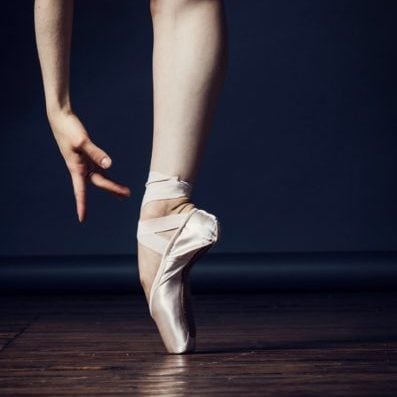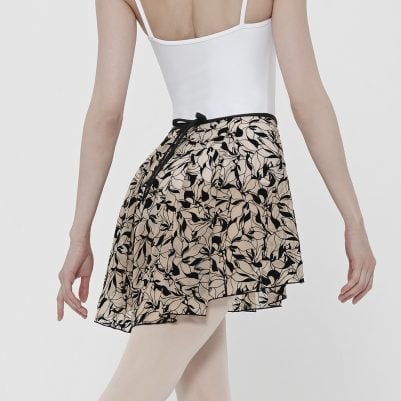The dance is a universal form of artistic expression that has existed for thousands of years. It crosses cultural and linguistic boundaries, enabling enthusiasts to communicate and tell stories through the movement of the body. Understanding the different dance styles is essential to appreciating and understanding this art form.
The classical dance originated in the royal courts of Europe in the 17th century. It is characterised by a rigorous technique and the use of shoes called pointe shoes. Ballet dancers are renowned for their grace, elegance and discipline.
Famous classical ballets such as 'Swan Lake', 'Sleeping Beauty' and 'The Nutcracker' have captivated generations of audiences with their moving stories and breathtaking performances.

The discipline remains complex, however, requiring years of training and practice to master the movements and sequences. But all those years of practice are well worth it, because the end result continues to fascinate and inspire dance lovers the world over.




The modern dance was created in the 20th century as a reaction to the strict conventions of classical dance. Unlike classical dance, contemporary dance encourages freedom of movement and personal expression. Contemporary dancers explore different techniques and use their bodies in unconventional ways to create unique movements.
Contemporary dance often pushes the boundaries of what is considered traditional dance. Contemporary choreographers such as Martha Graham, Merce Cunningham and Pina Bausch have revolutionised the world of dance by introducing new forms, new ideas and new ways of telling stories through movement.
Contemporary dance is a powerful means of artistic communication that allows dancers to express their deepest emotions.
The jazz dance is a dynamic, rhythmic dance style that originated in the jazz clubs of the early 20th century. Influenced by jazz, Afro-American music and the New Orleans movement, jazz dance is characterised by its energy, rhythm and spontaneity.
This style of dance varies from charleston from the roaring twenties to swing of the 1930s and 1940s, via the rock of the 1950s and the funk of the 1970s. Jazz dance choreography is often dynamic, with acrobatic movements, jumps and pirouettes.
Today, the modern jazz is the dance style found in most dance schools. This style is practised in a group to contemporary music and may incorporate elements of hip-hop dance.
The jazz dance is a unique blend of technique, musicality and personal expression. She continues to captivate dancers and audiences alike with her infectious style and energy.
The hip-hop dance emerged in urban communities in the 1970s and 1980s. This dance style is closely linked to hip-hop music and urban culture. It includes various styles such as breakdance, popping and locking.
The breakdancealso known as b-boying, is a form of acrobatic dance on the floor, characterised by rotation, bending and acrobatic figures.
The popping and the locking are funk dance styles that focus on jerky movements and robotic gestures.
The hip-hop dance is a way for dancers to express themselves, challenge convention and share their history and culture.
The Latin dance encompasses a variety of dance styles from Latin American countries. Each dance style has its own characteristics, rhythms and movements.
The salsa is one of the most popular styles of Latin dance, characterised by sensual movements and rapid step sequences, and can be practised with several dance partners. The bachatais more accessible to beginners, as it can be danced in two four-beat steps. The cha-cha-cha is a joyful, upbeat style of dance, with fast movements and characteristic rhythms. Finally, the samba is an energetic and festive dance, with rapid hip movements and colourful parades reminiscent of Rio carnival.
The Latin dance is often associated with haunting Latin music and a festive atmosphere. It allows dancers to connect with their dance partners, feel the rhythm of the music and celebrate Latin American culture.
The dance is a universal language that transcends cultural and linguistic barriers. By exploring the different styles of dance such as classical dance, contemporary dance, jazz, hip-hop and Latin dance, we discover the richness and diversity of this art form. Each dance style has its own characteristics and history. Whether you are a professional dancer or simply an amateur, dance allows you to express yourself, connect with others and find joy in the movement of the body.